News of former President Donald Trump’s claim that Coca-Cola may shift back to using real cane sugar in its signature beverage has sparked widespread curiosity and debate. Trump’s social media announcement, touting this potential change as a move for the better, combines nostalgia with practicality. However, the narrative becomes more complex when set against an evolving beverage landscape, where consumers increasingly demand low- or no-sugar alternatives. Beyond its impact on consumer health preferences, this shift could also reshape the sugar cane industry and ripple through the corn industry, where high fructose corn syrup (HFCS) reigns supreme.
What does this potential change mean for the soda market, farmers, and consumers alike? Let’s break it down.
A Sweet Shift Back to Cane Sugar?
Trump shared his excitement about Coca-Cola allegedly agreeing to shift from HFCS to cane sugar for its U.S.-manufactured Coke products, praising real sugar as the superior option. Since the 1980s, classic Coca-Cola in the U.S. has predominantly been sweetened with HFCS, a cost-effective alternative to cane sugar. HFCS is derived from corn and has been a central ingredient in American sodas for decades.
While Coca-Cola hasn’t officially confirmed a full transition to cane sugar, speculation has swirled about the brand possibly introducing a cane sugar variant akin to highly sought-after Mexican Coca-Cola. Made with cane sugar, Mexican Coke has been positioned as an upscale beverage and cultivated a loyal fanbase in the U.S. since its launch in 2005.
Duane Stanford, editor of Beverage Digest, points out significant logistical challenges Coca-Cola would face in a complete shift to cane sugar. The U.S. simply doesn’t produce enough cane sugar to meet Coke’s needs, making it more feasible to offer a parallel product rather than entirely replace HFCS sweeteners. Nonetheless, even the idea of introducing more cane sugar-based sodas is making waves in the beverage industry.
The Growing Demand for No-Sugar Beverages
Here’s the twist in the story. While attention focuses on whether Coca-Cola will transition to cane sugar, consumer preferences tell a different tale. Across the U.S., demand for low- and no-sugar beverages is skyrocketing. Coca-Cola Zero Sugar, which was first introduced in 2017, has emerged as one of Coca-Cola’s fastest-growing products. Case volumes for Coke Zero Sugar increased by 14% earlier this year, surpassing the brand’s 2% overall growth. Competitor PepsiCo reports similar trends, with 60% of sales in key markets now coming from low- or no-sugar beverages.
This evolution is more than a trend; it’s a reflection of shifting health consciousness. Consumers are significantly reducing their sugar intake due to concerns about obesity, diabetes, and other health challenges linked to added sugars. Brands like Olipop, which market themselves as healthier soda alternatives with minimal sugar content, are steadily gaining popularity.
The irony is hard to miss. While a return to cane sugar might appeal to those nostalgic for the “classic” soda flavor, more and more shoppers are simply saying, “No thanks” to sugar altogether.
Farmers and Industries in the Crossfire
This debate is not confined to consumer choices. A potential shift in Coca-Cola’s sweetener formula carries profound implications for two major industries.
1. The Corn Industry
The use of HFCS has long been an economic boon for U.S. corn farmers and manufacturers. Losing Coca-Cola’s demand for HFCS—even partially—could deliver a significant blow to this vital segment of agriculture. Already, the Corn Refiners Association has expressed concerns, highlighting the thousands of jobs and substantial revenue tied to HFCS production. Following Trump’s announcement, shares in ADM, a key HFCS producer, dipped by nearly 2%.
Coca-Cola’s continued defense of HFCS, asserting it is no more harmful than cane sugar, underscores the stakes for this ingredient. Cutting HFCS out of the equation could amplify debates about sugar sources while upending the market for corn farmers.
2. Sugar Cane Farmers
On the flip side, cane sugar farmers, concentrated in parts of the U.S. such as Florida, Louisiana, and Texas, could see a surge in demand and profitability. A higher reliance on cane sugar would reinvigorate this struggling agricultural industry and create additional economic opportunities, especially if multiple soda brands adopted similar approaches.
However, even a modest uptick in demand could challenge the supply chain. Increased reliance on imported cane sugar might become a necessity, highlighting vulnerability in production sustainability.
Broader Beverage Market Implications
If Coca-Cola does go through with a cane sugar product rollout, it will face intense scrutiny from both health advocates and competitors. Nutrition experts consistently caution against added sugars in any form, emphasizing they provide “empty calories” with little to no nutrients. This includes both real cane sugar and HFCS.
Meanwhile, artificial sweeteners like aspartame, present in Coke Zero Sugar, have endured their fair share of controversies, though they remain vital for meeting the demand for no-sugar options. Consumers seeking healthier lifestyle choices are now pushing the industry to explore entirely new sweetener options, such as stevia or monk fruit.
Here are three potential ripples from Coca-Cola’s switch to cane sugar:
- Market Diversification: Offering both cane-sugar and zero-sugar variants may help Coca-Cola target multiple consumer groups but risks diluting brand clarity.
- Competitive Landscape: A visible shift toward premium ingredients might encourage Pepsi and others to revisit similar changes or strengthen their existing no-sugar product lines.
- Price Sensitivity: With global sugar prices fluctuating and availability being limited, a cane-sweetened Coke might command a premium price, potentially alienating budget-conscious shoppers.
Nostalgia Meets Modern Preferences
At its heart, Trump’s vision of Coca-Cola with real cane sugar taps into nostalgia, which has always been a powerful driver of consumer behavior. Yet nostalgia alone may not be enough to contend with the undeniable trend toward no-sugar lifestyles. The soda aisle is evolving rapidly, with growth concentrated in areas aligned with today’s health-forward values.
Proposals like Trump’s also spark critical questions about environmental and economic impacts. Who benefits most from a sugar shake-up? How will resource allocation change, and at what cost to farmers, manufacturers, and consumers?
Whether or not Coca-Cola fully commits to cane sugar remains uncertain. But the conversation it stirs goes far beyond sweeteners. It highlights the dynamic relationship between consumer priorities, public policy, and global markets in shaping the future of our favorite brands.
The only thing certain in the soda market right now? Change is brewing.






13 Comments